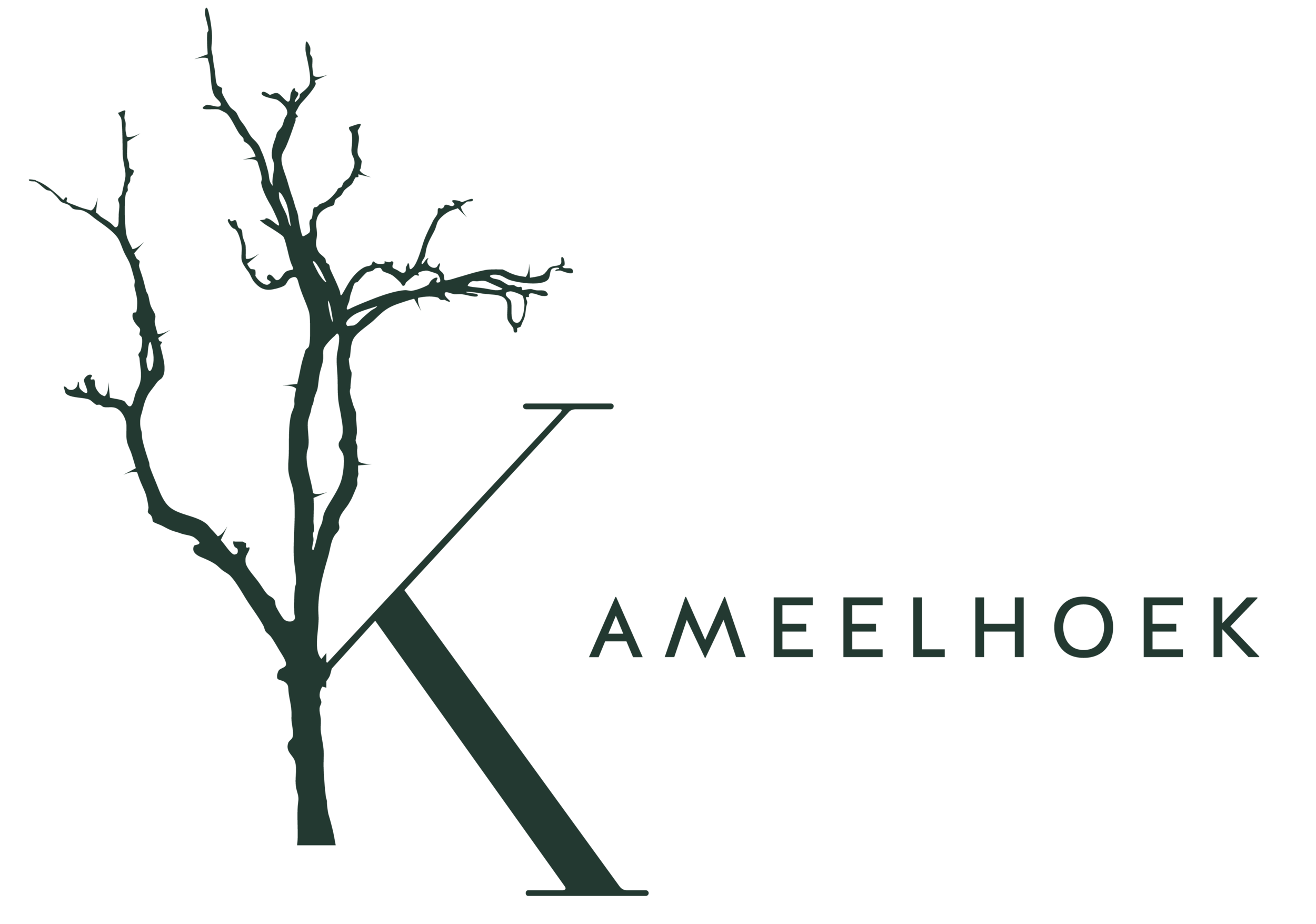Black-Chested Snake Eagle
Image Credit · David T. Cox
Family: Accipitridae; Genus: Circaetus; Species: pectoralis)
The end of a three-day rain spell welcomed an early morning bush-walk across the southern foot slopes of the “Grootberg” mountain on Kameelhoek. As we welcomed the sunrise, we could feel the moisture evaporating from our soaked shoes and the cool air rushing through our lungs. One couldn’t help noticing the pattern of raindrops and freshly laid animal tracks decorating our every step. As we continued along the animal footpaths the twilight of the morning gave rise to the “chirping” and “barking” of birds and antelope. We approached a section of our walk opening to a scattered column of Camelthorn (Vachellia erioloba) trees. The sounds echoing through the bush suddenly quieted down as we stopped to scan our surroundings. Amidst the tree tops we could see a relatively large figure sticking out in a distance. After closer inspection we could identify what looked to be a juvenile Black-chested Snake Eagle (Figure 1 & 2).
Figure 1. Juvenile Black-chested Snake Eagle
Figure 2. Juvenile Black-chested Snake Eagle
The youngster seemed unphased at our attempt to sneak up and continued scanning the landscape for something of interest. Known for being formidable hunters, the Black-chested Snake Eagle is perfectly designed for detecting and killing prey items. Their large yellow eyes and talons make finding the next meal appear effortless. During a hunt, Snake Eagles tend to hover aboveground at varying distances scanning the landscape for potential prey. Once a prey item has been located, the eagle carefully approaches and manoeuvres into position before swooping down with a bone-crushing blow to its victim’s head. The victim soon finds itself part of the food chain without making a single sound.
Playing an important role in the maintenance of a balanced ecosystem, the Black-chested Snake Eagle feeds on prey items such as snakes, rodents, lizards and even other birds. It is considered a specially protected species (Northern Cape Nature Conservation Act, 2009) with its survival highly dependent on the ability of humans to conserve and manage nature and its natural resources.



